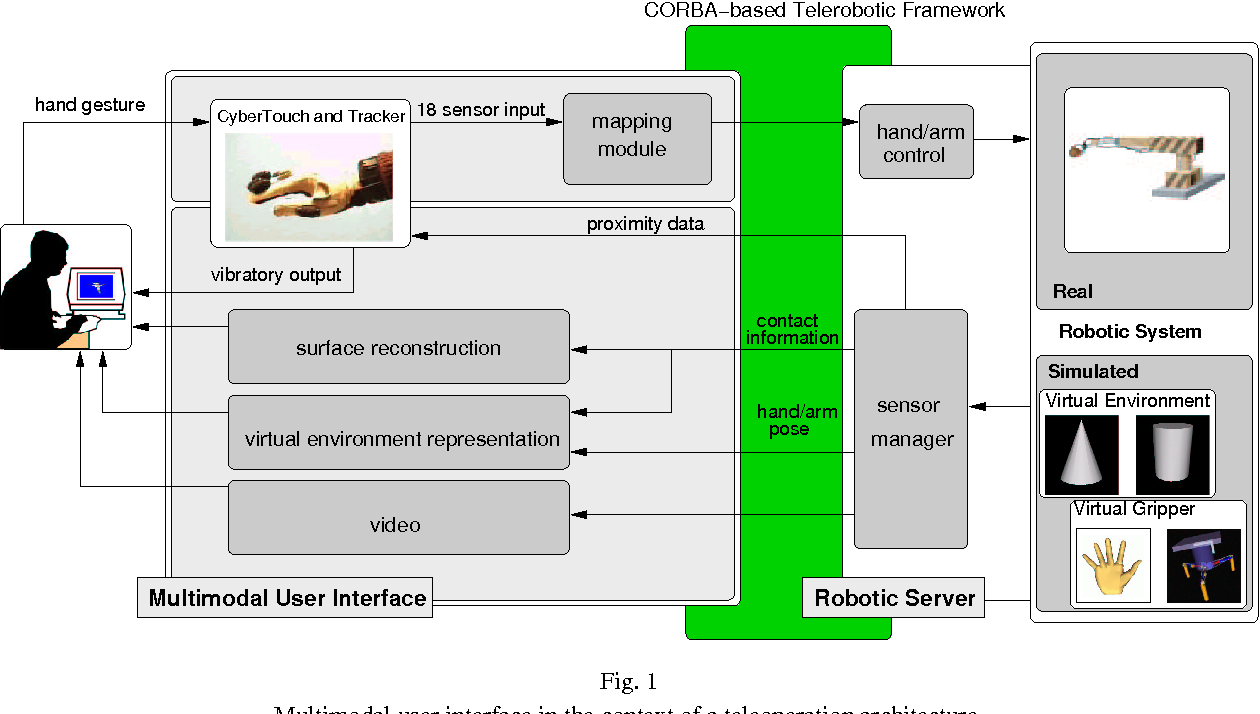Multimodal UI Market: Enhancing User Experience through Multiple Interaction Modes
As technology continues to evolve, the way we interact with devices and interfaces is also changing. Multimodal user interfaces (UI) have emerged as a breakthrough technology, revolutionizing the way users engage with digital systems. Multimodal UI combines various interaction modes, such as voice, touch, gesture, and eye tracking, to create a seamless and intuitive user experience. This article provides a strategic research report and user-friendly information on the multimodal UI market, covering market overview, competitive analysis, market drivers, market restraints, segment analysis, and regional analysis.
Multimodal UI Market Overview:
The Multimodal UI Market size is projected to grow from USD 17.56 billion in 2023 to USD 75.54 billion by 2032, exhibiting a compound annual growth rate (CAGR) of 17.6% during the forecast period (2023 - 2032). The multimodal UI market is witnessing significant growth, driven by the increasing demand for intuitive and user-friendly interfaces. Traditional user interfaces, such as keyboards and mouse, are being augmented or replaced by multimodal interfaces that leverage multiple input modes. These interfaces enable users to interact with devices using natural gestures, voice commands, or eye movements. Multimodal UI technology is being widely adopted in various industries, including automotive, healthcare, retail, and consumer electronics, to enhance user experiences and improve efficiency.
Get a sample PDF of the report at –
https://www.marketresearchfuture.com/sample_request/12231
Competitive Analysis:
The multimodal UI market is highly competitive, with several key players vying for market share. Companies like,
- Apple
- Microsoft
- Amazon
- Samsung
have developed multimodal UI technologies and integrated them into their devices and platforms. Additionally, there are specialized companies and startups focusing on specific aspects of multimodal UI, such as gesture recognition, voice assistants, or eye-tracking technologies. The competitive landscape is characterized by continuous innovation, partnerships, and acquisitions to stay ahead in this rapidly evolving market.
Market Drivers:
Several factors are driving the growth of the multimodal UI market. Firstly, the increasing consumer demand for intuitive and user-friendly interfaces is fueling the adoption of multimodal UI technologies. Users are seeking more natural and efficient ways to interact with digital devices, which multimodal UI provides. Secondly, advancements in artificial intelligence (AI) and machine learning algorithms have enabled more accurate and reliable multimodal interfaces. These technologies can interpret and understand user inputs across various modalities, enhancing the overall user experience. Furthermore, the proliferation of smart devices, such as smartphones, tablets, and wearables, has created a need for seamless and consistent interfaces that can adapt to different contexts and input methods.
Market Restraints:
While the multimodal UI market presents significant opportunities, there are certain challenges that need to be addressed. One major concern is the complexity of designing and implementing multimodal UI systems. Integrating various input modes and ensuring smooth transitions between them requires careful planning and expertise. Additionally, privacy and security concerns related to voice and gesture-based interactions need to be addressed to gain user trust. Moreover, the cost of implementing multimodal UI technologies in devices and platforms may pose a barrier to entry for some companies.
Segment Analysis:
The multimodal UI market can be segmented based on technology, application, and industry vertical. Technologies include voice recognition, gesture recognition, eye tracking, touch-based interfaces, and others. Applications of multimodal UI range from smartphones and tablets to automobiles, smart home devices, healthcare systems, and virtual reality environments. Each application has unique requirements and use cases that leverage the benefits of multimodal UI. Industry verticals adopting multimodal UI technologies include automotive, healthcare, retail, gaming, and education.
Browse a Full Report –
https://www.marketresearchfuture.com/reports/multimodal-ui-market-12231
Regional Analysis:
The multimodal UI market exhibits a global presence, with different regions contributing to its growth. North America leads the market, driven by the presence of major technology companies and early adoption of innovative technologies. Europe is also a prominent market, with a focus on user-centric design and usability. The Asia Pacific region is experiencing rapid growth, fueled by the increasing adoption of smartphones and emerging economies' digital transformation. Latin America and the Middle East and Africa are emerging markets, with growing awareness and adoption of multimodal UI technologies.
The multimodal UI market holds immense potential in transforming user experiences across various industries. By combining multiple interaction modes, multimodal UI provides intuitive and seamless interfaces that enhance usability and efficiency. However, challenges such as complexity, privacy concerns, and cost need to be addressed. As technology continues to advance and user expectations evolve, multimodal UI will play a crucial role in shaping the future of human-computer interaction. With continuous innovation and a focus on user-centric design, the multimodal UI market is poised for substantial growth, enabling a more natural and immersive user experience.



